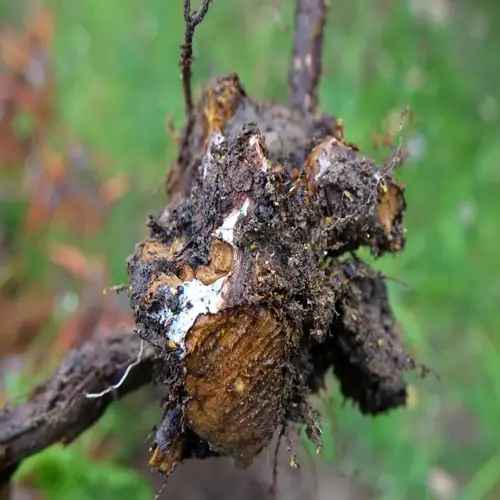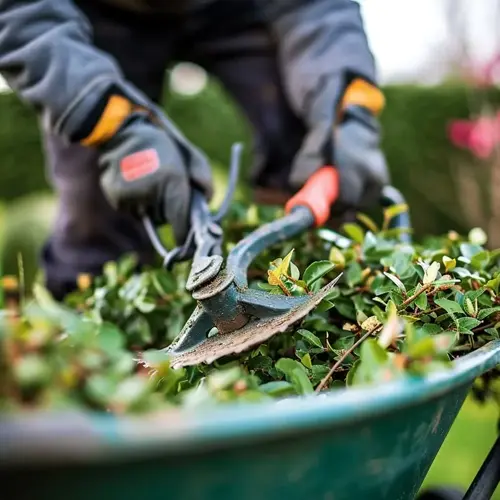Does adding sand improve clay soil drainage?

Written by
Tina Carter
Reviewed by
Prof. Samuel Fitzgerald, Ph.D.In theory, it makes sense to improve drainage in clay soil by adding sand. Unfortunately, this is frequently the opposite outcome and can create worse conditions. Without sufficient organic matter, sand will bond with the fine clay particles to create a concrete-like structure, permanently inhibiting drainage. This unfortunate mistake traps water around the root zone, developing an unfavorable environment for growth.
Raised Bed Protocol
- Ratio: Equal parts sand, compost, and topsoil
- Depth: Minimum 12-inch bed height
- Sand Type: Coarse builder's sand only
- Avoid: Fine play sand or beach sand
In-Ground Alternatives
- Option 1: 3-4 inches compost worked deeply
- Option 2: Expanded shale or perlite
- Benefit: Maintains soil structure
- Volume: 30% amendment to 70% clay
Failure Prevention
- Test: Perform jar test for clay content first
- Sign: Standing water indicates concrete effect
- Fix: Add organic matter immediately
- Caution: Never exceed 20% sand in clay
There are great alternatives to drainage that do not contain sand. Expanded shale makes permanent pore spaces while adding minerals. Compost has microbial activity, and organic binding improves structure. Both alternatives are superior to sand during field testing, and they don't create concrete-like compaction.
Follow strict guidelines for applying sand in raised beds. Mix equal volumes of coarse sand, compost, and topsoil. Ensure the depth of the raised bed is at least twelve inches for roots. Check for drainage weekly and amend the mixture if standing water develops on the surface.
Before sand amendments, check your soil texture. Use the jar test to determine the clay percentage and assess suitability. A clay content above 40% makes sand particularly hazardous. In clayey soils, opt for organic amendments first, as they provide a safe and dependable benefit.
To transform clay drainage requires some understanding of soil science principles. Temporary, quick-fix solutions like sand cause long-term problems. Instead, look for organic matter and mineral amendments that are part of the natural process. Your plants will perform better when air and water can move.
Read the full article: Soil Amendments for Clay: Transform Your Garden

